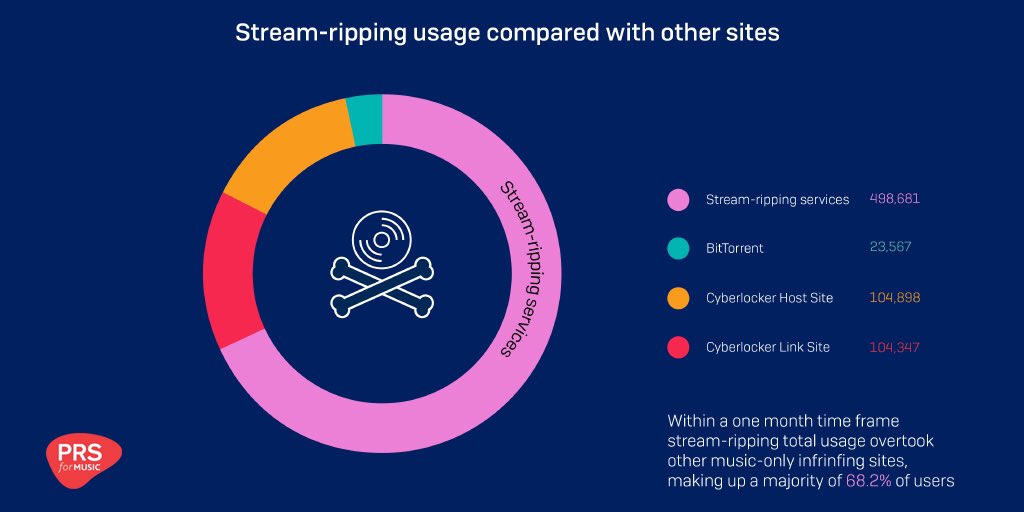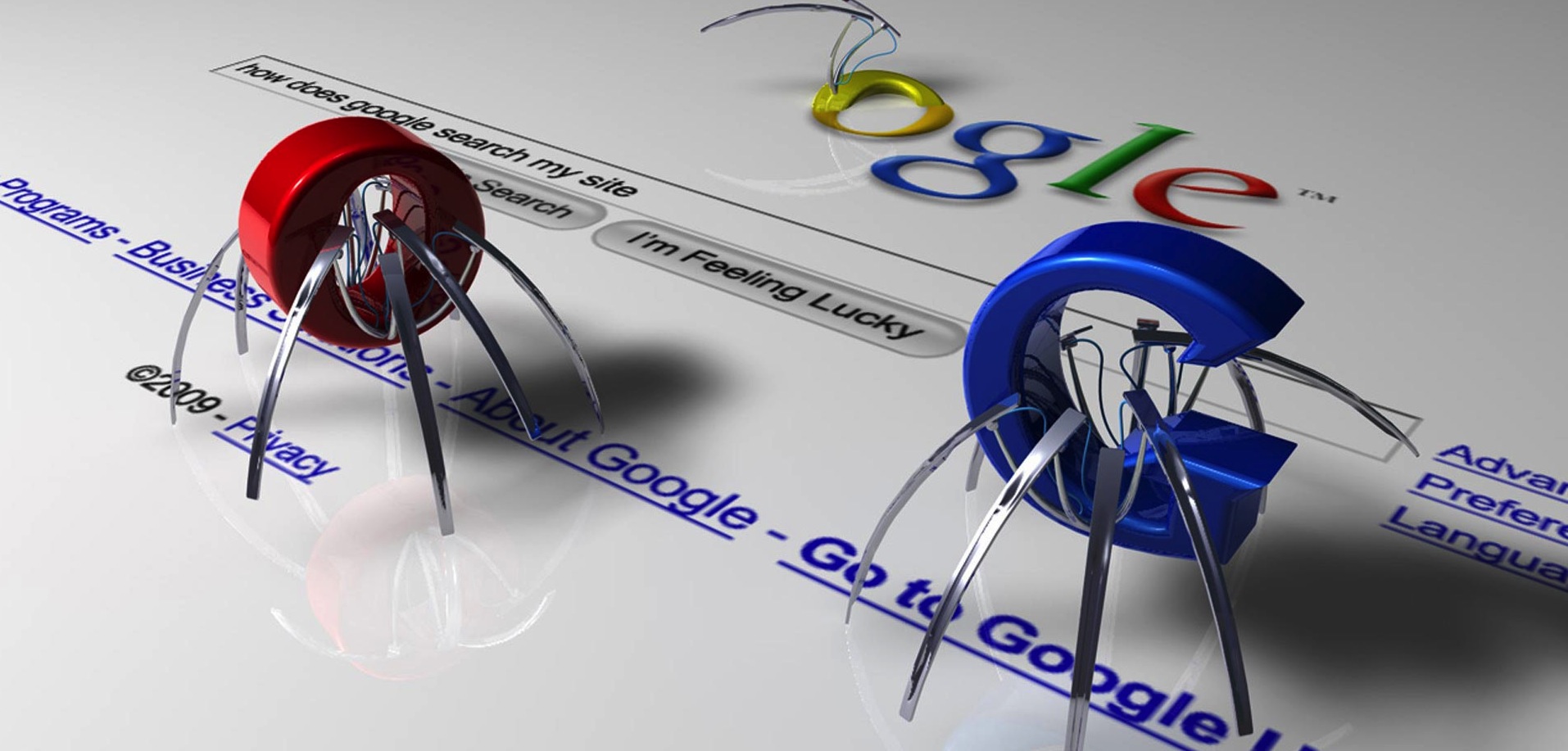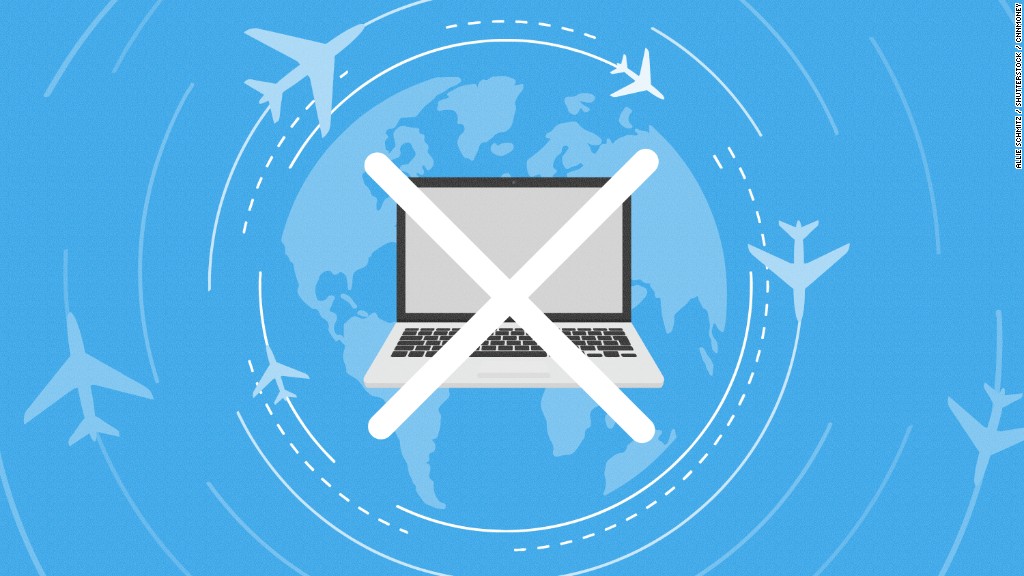 As Three becomes the first network provider in the UK to launch a tariff that lets its customers use unlimited streaming services without it affecting their monthly data allowance, some media commentators are concerned that more streaming services of this kind could lead to more piracy.
As Three becomes the first network provider in the UK to launch a tariff that lets its customers use unlimited streaming services without it affecting their monthly data allowance, some media commentators are concerned that more streaming services of this kind could lead to more piracy.
Streaming & Stream Ripping
Streaming is the real-time transmission of data (e.g. audio and video) over the internet to computers and mobile devices. Stream ripping is the process of using software to turn that streamed data (music and video) into files so that they can be watched / listened to offline on computers and phones. Stream ripping is possible because music and video streaming services have urls, and there are now many freely available programs to download that can stream-rip content.
What’s The Problem?
The problem is that films, video and recorded music are covered by copyright and intellectual property laws. Although many people are happy to pay to use legal streaming services in the form they are delivered such as Netflix and Spotify, stream ripping and the storage and distribution of the ripped files infringes those laws and is technically piracy.
According to research by the Intellectual Property Office (IPO) and PRS for Music, usage of stream-ripping sites increased by 141.3% between 2014 and 2016, thereby making them more popular than all other illegal music services. The same research showed that in September 2016, these sites were used 498,681 times to pirate music in the UK
Who?
According to the IPO and PRS, research 15% of UK adults are now using these illegal services, with 33% of them being in the 16-24 age bracket.
Why?
According to the research, the most popular reasons given for using stream-ripping include a belief that music was already owned by users in another format (31%), simply wanting to listen to music offline (26%) and on the move (25%), not being able to afford to buy the tracks legally (21%), and believing that music is overpriced (20%).
The Three Deal
There is no suggestion that the new Three ‘Go Binge’ service is causing or contributing to piracy. The fact is, however, that it is an unlimited streaming deal for data-heavy users averaging 6GB a month. It is conceivable that without Three imposing their own security measures, Go Binge could be used for stream ripping.
What Does This Mean For Your Business?
This story illustrates how difficult it can be in an online world to prevent publicly available content being shared for free, and how creative industries continue to suffer from not being able to find effective ways to get monetary rewards for recorded output or to make consumers comply with the law. In a share-everything-online world where users are used to content being free, copyright and intellectual laws are often either not widely known about or are ignored and circumvented in a kind of mass diffusion of responsibility due to the large numbers of people who are doing it without penalties.
The increased take-up of legal streaming services in recent years is, however, more promising but it is clear that more measures need to be taken, perhaps by companies offering streaming deals, to make sure that stream ripping is not taking place.





